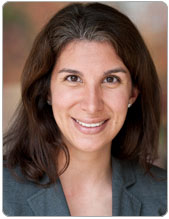Congratulations to all the seniors selected to receive a BHP Senior Award. It was a difficult task selecting the winners from such an accomplished group of students. The BHP staff would like to congratulate all[…]
Month: March 2016
Student Spotlight: Madison Gove
BHP junior Madison Gove was one of three BHP students to receive the Texas Exes President’s Award in the 2014-2015 school year. Madison is a co -president of UT Students for Wema and Executive VP[…]
Alumni Spotlight: Yasmin Bhatia, Class of 1998 – CEO of Uplift Education
Yasmin Bhatia has been the CEO of Uplift Education in the Dallas/Fort Worth area for seven years. Prior to joining Uplift, she was at McKinsey & Co. for nine years. Yasmin graduated from BHP in 1998[…]
HBA Hosts Nonprofit Speed Dating Event for BHP Students
Written by Jena Mrochek “Your head plus your heart equals your hustle.” This quote from Lexi Heller, a representative of Teach For America, is emblematic of the passion of those who work in the nonprofit sector.[…]
Three BHP Students Part of UT Team Working to Build Hyperloop Pod
Three BHP students are part of a team of 70 UT students, called 512 Hyperloop, working to make Elon Musk’s concept of Hyperloop into a reality. Adnan Rupani, Vamshi Gujju and Shyam Gandhi are working[…]



